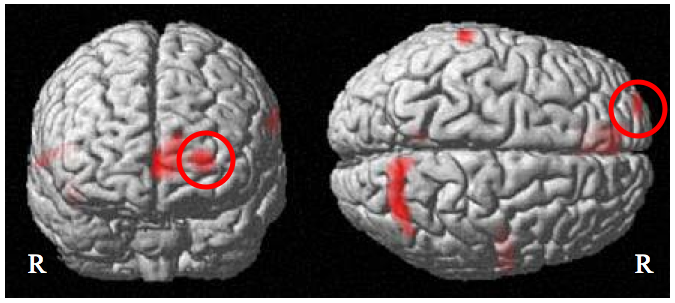 What Really Happened With GRB 080319B? NASA Talks About The Most Intrinsically Bright Object Ever Observed In The Universe
What Really Happened With GRB 080319B? NASA Talks About The Most Intrinsically Bright Object Ever Observed In The UniverseBurst Alert! March 19th was an exciting day for NASA. We know “why” it was special, but we...
 'Self-Control' Is To 'Sudoku;' Can You End Addiction With Analogies?
'Self-Control' Is To 'Sudoku;' Can You End Addiction With Analogies?Better self-control is linked to higher intelligence. But until now psychologists have been unsure...
 You May Be Addicted To The Internet If…
You May Be Addicted To The Internet If…Do you ever think you might have a serious problem because you have to check your e-mail about...
 Will Mona Lisa Smile More When She's Clean? The Science Of Art Conservation
Will Mona Lisa Smile More When She's Clean? The Science Of Art ConservationTom Learner isn’t afraid of taking a scalpel to multi-million dollar Monets or Picassos. But...





 STOP! Don't pick up that pen!
STOP! Don't pick up that pen! 
 Dr. Judy Evans, performing surgery in Plymouth, UK. She talks about her BBC documentary, her sex discrimination case, and her life since then.
Dr. Judy Evans, performing surgery in Plymouth, UK. She talks about her BBC documentary, her sex discrimination case, and her life since then.

 Dr. Kathy Flanagan, head of the Mission Office for the James Webb Space Telescope (JWST). The JWST, scheduled for launch in 2013, will study everything from the first galaxies formed by the Big Bang, to the formation of other solar systems capable of supporting life.
Dr. Kathy Flanagan, head of the Mission Office for the James Webb Space Telescope (JWST). The JWST, scheduled for launch in 2013, will study everything from the first galaxies formed by the Big Bang, to the formation of other solar systems capable of supporting life.




